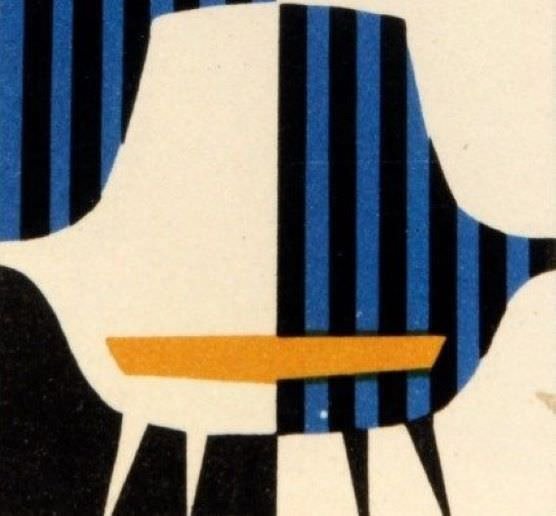Jan Vaněk was born in Třebíč (now Czech Republic) to the family of the owner of a prosperous carpentry workshop. He graduated from a technical school for woodworking in Chrudim (then Bohemia) and then worked in furniture workshops in Munich, Stuttgart and Heilbronn. During this period, he met important personalities of European modern architecture, which had an influence on his future work. In 1910s, he took over his father’s company in Třebíč and renamed it to “Uméleckoprümyslový dílny”.
Vaněk established cooperation with a number of leading Czech and foreign architects such as Bruno Paul, Jan Kotěra, Rudolf Stockar, Karl Bertschem, Adalbert Niemeyer or J.M. Olbrich, who designed individual furniture and industrially produced furniture for the company. Because the company was expanding, in the years 1919–1921 Vaněk established a new operational complex built according to the design of Josef Gočár. In addition to the factory, the building contained offices, exhibition spaces and the owner’s apartment.
The main policy of the company was to provide modern yet affordable housing for all sections of the population. Vaněk considered utility, functionality and hygienic safety to be essential qualities of home furnishings. Serial furniture, according to his ideas, should be made of high-quality materials with high variability, so that it can be adapted to the nature of the apartment or house.
At the end of 1920, Vaněk’s financial crisis, which haunted him throughout his business, culminated, and he was forced to merge with the Brno company „Karel Slaviček, umělecké nábytkové a stavební stolařství“(Karel Slaviček, artistic furniture and building joinery), which was subsequently renamed to “Spojené uměleckoprůmyslové závody, a.s.” later known as „Spojené U.P. závody, a.s. Brno” – the largest furniture company in Czechoslovakia in the pre-war period with 25 stores in all major cities in Bohemia, Moravia and Slovakia and exports to Western Europe. As part of the consolidation, since 1923 Moravská banka (Bank of Moravia) has been involved in the running of the company as a majority shareholder.
Vaněk, as general director after the merger of the companies, was dismissed in 1925 due to the poor economic performance of the company. Before he left “U.P. závody”, he began to publish the professional magazine “Bytová kultura – Sborník industrialeho úmeni”.
In 1925, together with Stanislav Kučera and Vilém Hrdlička, he founded the company “Standart, bytová společnost S.B.S.” (Standard Housing Company), which existed until 1932.
The most prestigious contract for Vaněk’s company was the production of furniture for the Villa Tugendhat in Brno.
In 1932, Vaněk left Brno and settled in Prague. In Prague, he worked on residential design and founded “Modern Living Advice” (PMB), “House and Garden” workshops and other companies. He designed and implemented architectural solutions for a number of exhibitions.
During the war, from 1939-1943, he worked as an external professor at the Bata University in Zlín in the field of arrangement and exhibition management.
After the Second World War, he took part in the foundation and the leadership of the “Blok uměleckého průmyslu“(Art Industry Block).
In 1948, he became the vice-chairman of BAPS (Block of Architectural Progressive Associations).
Since 1948, Vaněk has been the general director of “Československé dřevozpracující závody“(the Czechoslovak wood processing plants) – a company created through the nationalization of different companies which were merged into a single entity.
In 1954 he became the director of the union „Dřevařský vývoj“(Wood Development).
Main references:
- Jindřich Chatrný (ed.). Jan Vaněk 1891–1962. Civilizované bydlení pro každého(Civilized Living for Everyone), Brno: Muzeum města Brna, 2008. ISBN 978-80-86549-39-2
- Jan Vaněk, Bytová kultura, sborník průmyslového umění, Brno 1924-1925
